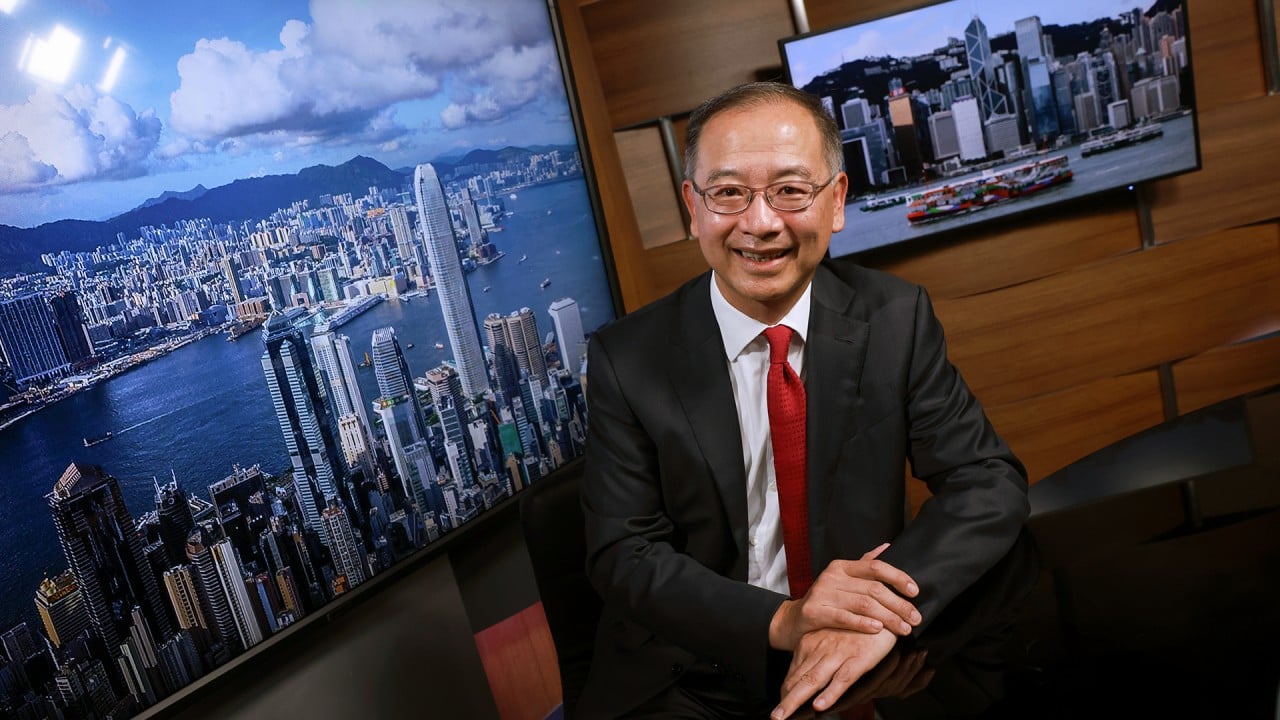
Aggressive US interest rate hikes expose Japan’s policy dilemma while Hong Kong keeps pace
- Hong Kong’s dollar peg means it must mirror US monetary policy, and the heavy lifting of supporting the local economy is left to fiscal measures
- In Japan, a BOJ fighting to keep interest rates ultra accommodative is working at cross purposes with government officials trying to prop up the plunging yen
“Ain’t no stopping us now, we’re on the move,” sang McFadden & Whitehead back in 1979, a time when, coincidentally, the Federal Reserve was moving fast to crush US inflation. In 2022, with high inflation back, there’s again no stopping the Fed as it moves to tighten monetary policy.
This is not a particularly comfortable situation for policymakers outside the United States, even in Hong Kong. But at least Hong Kong has a long-established framework that ascribes specific roles to monetary and fiscal policy respectively in circumstances such as these.
The Fed need not worry about the US jobs situation – data released on Friday showed that, despite a succession of rate hikes this year, the US labour market remains tight, with the unemployment rate dropping to 3.5 per cent and increases in hourly average earnings remaining solid.
The jobs figures look certain to further embolden central bank officials, many of whom had already been talking up future interest rate rises.
Labour market will determine when US Fed stops raising interest rates
Japanese policymakers might deny it, but an outside observer could legitimately conclude that the Fed’s monetary policy tightening has laid bare a conflict of interest between the BOJ, which has full control over monetary policy, and the government, which has responsibility for fiscal and exchange rate policies.
The Ministry of Finance, which handles exchange rate policy, has authorised unilateral intervention on foreign exchanges in an attempt to stem the pace of the yen’s depreciation. But the ministry relies on the BOJ to act as its agent in the performance of the actual intervention.

The ironic result is that the BOJ, at the behest of the ministry, has been intervening on foreign exchanges to try and slow the pace of the yen’s slide versus the greenback, yet, in part, the fall derives from the central bank’s own determination to persist with ultra-accommodative monetary policy even as the Fed jacks up US interest rates.
Japan has already sold billions of US dollars in this intervention but with the Fed set to keep hiking, the currency market could well conclude this policy is unsustainable, given that the divergence between Japanese and US monetary policy settings will only become more pronounced.
While neither the finance ministry nor the BOJ will want to lose face by backing down from their own positions, something has to give, because there “ain’t no stopping” the Federal Reserve.
Hong Kong can keep pace with the Fed, but Japan faces a very real policy dilemma.
Neal Kimberley is a commentator on macroeconomics and financial markets


